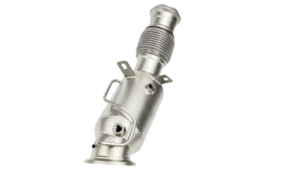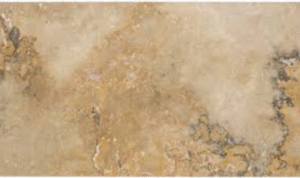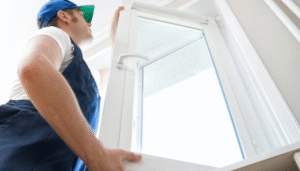
metal polishing
Metal polishing is a crucial process that enhances the appearance and longevity of metal surfaces. Whether it’s for household items, automotive parts, industrial machinery, or decorative pieces, polishing brings out the true beauty of metal by eliminating imperfections, rust, tarnish, and dullness. This article provides an in-depth look at metal polishing, its benefits, methods, and tips for achieving professional results.
What is Metal Polishing?
Metal polishing, also known as buffing, is the process of refining and smoothing metal surfaces to improve their appearance and prevent corrosion. It involves removing oxidation, stains, and surface imperfections using abrasives, chemicals, or mechanical equipment. Polishing can be done on a wide variety of metals including aluminum, stainless steel, brass, copper, and chrome.
Benefits of Metal Polishing
The advantages of polishing go beyond aesthetics. Here are some key benefits:
- Improved Appearance: Polished metal surfaces reflect light better and look cleaner and more luxurious. This is particularly important for decorative items and visible components.
- Corrosion Resistance: By removing surface contaminants and sealing pores, polishing helps protect the metal from rust and corrosion.
- Hygiene: In industries like food processing and pharmaceuticals, polished surfaces are easier to clean and sanitize.
- Enhanced Performance: In mechanical parts, smooth surfaces reduce friction and wear, extending the life of components.
- Increased Value: Polished items often look newer and can boost the resale value of machinery, vehicles, and antiques.
Methods of Metal Polishing
There are several methods used depending on the metal type, the desired finish, and the condition of the surface:
1. Manual Polishing
Manual polishing is ideal for small objects or delicate surfaces. It involves the use of sandpaper, steel wool, polishing cloths, and metal polish creams. While time-consuming, it allows for greater control and precision.
2. Mechanical Polishing
This method uses machines such as bench grinders, rotary polishers, or belt sanders fitted with polishing wheels or abrasive belts. Mechanical polishing is faster and suitable for larger surfaces or industrial use.
3. Electro-Polishing
A chemical-based process that removes a thin layer of metal using an electric current. It is commonly used for stainless steel in medical and food-grade applications where a highly smooth, clean finish is essential.
4. Ultrasonic Polishing
This technique uses high-frequency sound waves in a liquid bath to clean and polish delicate metal items like jewelry or electronic components without causing damage.
Choosing the Right Polishing Compound
The effectiveness of metal polishing often depends on the polishing compound used. These compounds are abrasive pastes or bars categorized by color and composition for specific purposes:
- Tripoli: Used for initial polishing on non-ferrous metals.
- Rouge: A fine abrasive for final finishing and achieving a mirror-like shine.
- Emery: Coarse and used for removing heavy oxidation or scratches.
- Zam: Ideal for stainless steel and chrome.
Each compound serves a specific step in the polishing process and should be used with the correct buffing wheel or pad.
Safety Precautions
Polishing metal can generate dust and heat, and may involve toxic chemicals. It’s important to:
- Wear protective gloves, goggles, and a mask.
- Ensure good ventilation.
- Keep flammable materials away from polishing stations.
- Use proper tools and follow manufacturer guidelines.
Professional vs. DIY Polishing
While DIY polishing can work for smaller projects or routine maintenance, professional metal restoration services are recommended for antiques, large surfaces, or items requiring a flawless finish. Professionals use advanced tools, techniques, and compounds to achieve long-lasting results with precision.
Final Thoughts
Metal polishing is both an art and a science that transforms dull, aged metal into a gleaming, high-performance surface. Whether you’re maintaining household items or restoring valuable machinery, the right techniques and products can make a huge difference. With proper care, your polished metals will continue to shine and serve their purpose for years to come.






